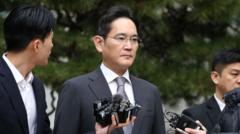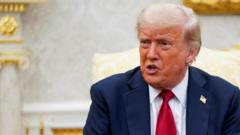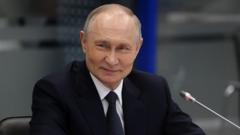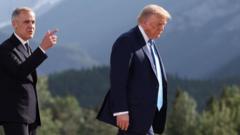The Supreme Court's latest judgment marks a turning point in presidential authority, substantially streamlining executive actions by limiting the powers of lower courts to issue nationwide injunctions.
**Supreme Court Decision Paves Way for Expanded Presidential Authority**
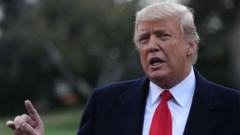
**Supreme Court Decision Paves Way for Expanded Presidential Authority**
A recent ruling strengthens executive powers, allowing the implementation of orders previously hindered by lower courts.
The Supreme Court's recent decision has significantly broadened the scope of presidential power, granting the current and future presidents greater latitude to enforce executive orders. This ruling came as a considerable boost to Donald Trump at the White House, where he hailed the outcome as a triumphant validation of the constitution and the principle of separation of powers.
The ruling allows Trump's controversial order to end birthright citizenship to take effect in a month, while imposing some constraints on potential challenges from the states, which have historically managed the processes for issuing birth certificates and recording parental citizenship. The court's majority opinion, delivered by Justice Amy Coney Barrett, explicitly acknowledged that the ongoing administrative complexities would likely lead to more legal disputes in the future, as states argue for broader injunctions against the implementation of the order.
Trump labeled the decision a "huge victory," asserting that it effectively addressed what he referred to as the "birthright citizenship hoax," aimed at streamlining immigration processes. Furthermore, with the court signaling its intent to limit the ability of lower courts to obstruct executive actions hastily, numerous other policies across his administration could soon be unblocked.
The changes in judicial protocols, established by this ruling, are expected to resonate far beyond immigration policies, affecting a range of issues from foreign aid cuts to electoral reform initiatives. As history shows, both Republican and Democratic presidents have often had to contend with lower court rulings that put a brake on their policy agendas. For example, President Biden faced challenges in implementing environmental regulations while Obama's initiatives on labor rights and immigration were also stymied by judicial interventions.
While the Supreme Court allowed for potential, restricted legal challenges to the enforcement of executive orders based on specific harm, it concurrently provided a pathway for presidents to advance their policies with less judicial interference. As administrative controversies and challenges inevitably arise, the legal landscape will continue to evolve, now allowing for quicker implementation of executive directives.
This newfound flexibility for today's and tomorrow's presidents represents a significant shift in the balance of power, reshaping how the executive branch interacts with the judicial system.
The ruling allows Trump's controversial order to end birthright citizenship to take effect in a month, while imposing some constraints on potential challenges from the states, which have historically managed the processes for issuing birth certificates and recording parental citizenship. The court's majority opinion, delivered by Justice Amy Coney Barrett, explicitly acknowledged that the ongoing administrative complexities would likely lead to more legal disputes in the future, as states argue for broader injunctions against the implementation of the order.
Trump labeled the decision a "huge victory," asserting that it effectively addressed what he referred to as the "birthright citizenship hoax," aimed at streamlining immigration processes. Furthermore, with the court signaling its intent to limit the ability of lower courts to obstruct executive actions hastily, numerous other policies across his administration could soon be unblocked.
The changes in judicial protocols, established by this ruling, are expected to resonate far beyond immigration policies, affecting a range of issues from foreign aid cuts to electoral reform initiatives. As history shows, both Republican and Democratic presidents have often had to contend with lower court rulings that put a brake on their policy agendas. For example, President Biden faced challenges in implementing environmental regulations while Obama's initiatives on labor rights and immigration were also stymied by judicial interventions.
While the Supreme Court allowed for potential, restricted legal challenges to the enforcement of executive orders based on specific harm, it concurrently provided a pathway for presidents to advance their policies with less judicial interference. As administrative controversies and challenges inevitably arise, the legal landscape will continue to evolve, now allowing for quicker implementation of executive directives.
This newfound flexibility for today's and tomorrow's presidents represents a significant shift in the balance of power, reshaping how the executive branch interacts with the judicial system.

